So you graduated from Yoga Teacher Training, huh? How exciting! Congratulations. Completing your yoga teacher training is such a rewarding experience that’s also awakening and deepening in so many ways.
If you’re anything like me, you probably have tons of questions going through your mind. Where do I go from here? What do I do? Where do I start? How can I start teaching? The list goes on. Or, perhaps you joined yoga teacher training for the purpose of deepening your personal practice and you’re wondering…what’s next? How can I keep learning and deepening my practice?
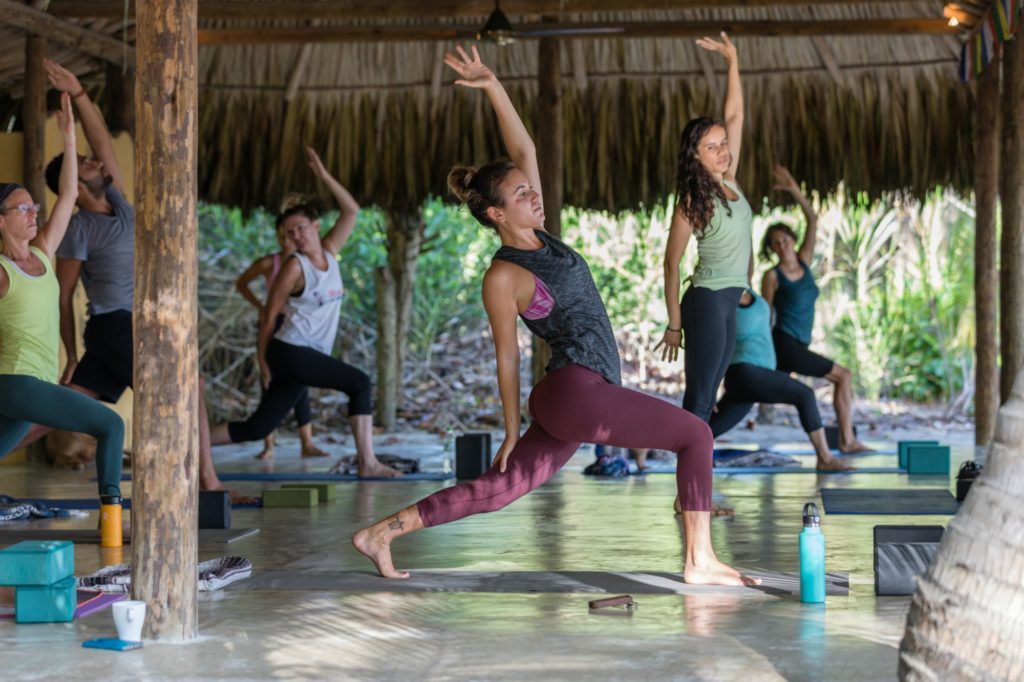
The thing is, most yoga teacher trainings don’t go into much detail on what you need to do afterwards. The reason for this is that the priority in those 200 hours is to teach you how to teach. That’s it. I mean, 200 hours is already limited as it is, so there isn’t much time to go off topic. When I did my teacher training here in New York City, we spent about thirty minutes discussing very basic stuff on yoga business.
It’s important to understand that this has nothing to do with the quality of the training. Yes, the business side of being a yoga teacher is a much needed discussion. The business side of yoga, however, is a different topic than yoga teaching itself, and they should be taught separately.
Although this post isn’t necessarily going deep into yoga business stuff (stay tuned for that), it should serve as a starting point, wherever you wish to go after 200-hour training.
1. Set Intentions & Goals
Before you start teaching, and before you start anything for that matter, it’s important to be clear on your intentions. Why do you want to teach? What type of outcome are you looking to have as a result of teaching? When I did my 300-hour yoga teacher training, there was a training session called “finding your voice.”
As a tool for finding our voice, we did a journaling exercise that helped us dig deeper into our core intentions and our message as a teacher.
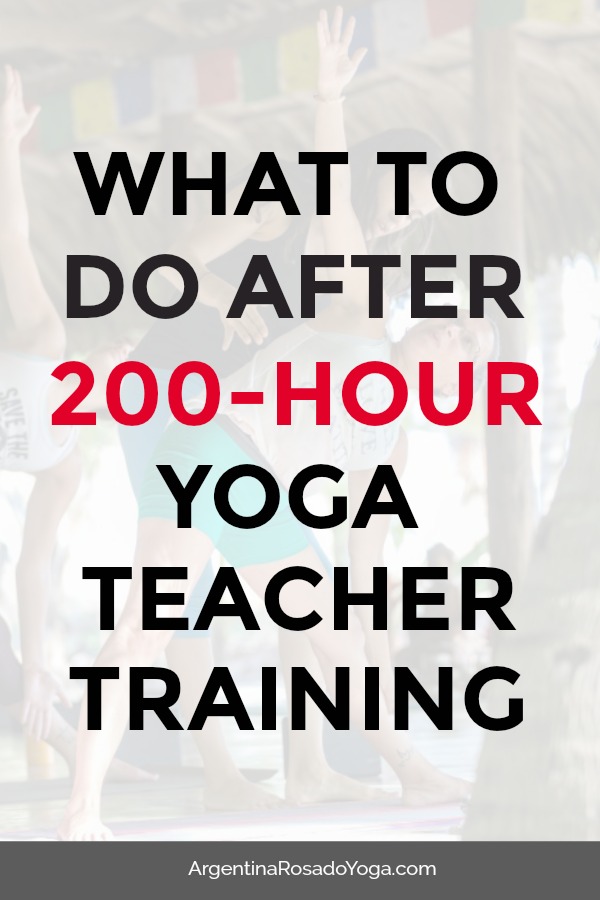
Grab a pen and paper because I’m going to share these journaling prompts with you right here.
Why do YOU practice yoga?
What is your intention as a teacher?
What does yoga offer you?
Why do you want to share it with others?
What kind of space do you want to create for your students?

Now that you know a bit more about your intentions, take the time to set some goals. In other words, the inspired actions that you’ll take to fulfill your intentions. For example, if your intention is to build community, you can brainstorm ideas on how you can do that (i.e. hosting weekly classes at the park, hosting fun in-person events, etc).
Take your time with these and have fun. Your intentions can always change as your knowledge grows. Try to be flexible and enjoy the journey.
2. Set The Groundwork
If your goal is to get a teaching job asap, then you’ll need to start applying and reaching out to people you know to land teaching opportunities. Before you can do that, you’ll need to have a few things in place. Some of these things are definitely required, and some are helpful and recommended:
a. Resume (required)
Unless the hiring person already knows about you and your qualifications (i.e. your teacher, friend) you’re definitely going to need a resume, even if you don’t have any teaching experience. Try to stay away from boring resume formats with “objective” sections and things like “computer skills” and such. Unless, of course, the job requires that skill for whatever reason. You want to keep your resume relevant to the position you’re applying for. Instead of an objectives statement, try writing an “about me” section and write a little about your story and intentions as a teacher.
You also want your resume to be modern and simple. Check out this amazing bundle of Canva resume and bio templates.
b. Insurance (required)
Liability insurance is a must if you plan to start teaching. Some studios will have you teach under their umbrella insurance, but most studios and businesses will ask you for liability insurance. I get my insurance from NACAMS/BeYogi, but there are other companies such as Teachers(Plus) and Philadelphia insurance. Do your research and choose the best option for you.
c. Short bio (recommended)
Most places will ask you for a short bio to add to your teacher’s profile. Some places have their own format and will ask you questions for them to create your bio (i.e. hobbies, years teaching, your favorite song, etc). However, it’s a good idea to have your own little bio made-up in advance. If the studio requires a special format, you can always tweak it around. I recommend 50-100 words, or more by request.
d. Headshot (recommended)

Most places will ask for a headshot to add to your profile. These can be quite expensive. If budget is a concern, try a DIY headshot. As long as you have a clean background, good lighting, and some basic editing skills, you’re good to go. Try searching online for iPhone photography tips and DIY headshots. You’ll be surprised with how creative you can get. Have fun.
e. CPR Certification (recommended)
Yoga studios typically don’t ask for CPR certifications, but Workout Gyms do. I believe this is required by law. If you plan to apply for jobs at fitness institutions then you’ll definitely need CRP certification. I get my CPR training every two years from the American Red Cross. They have in-classroom, online+in-classroom (my preference), and 100% online trainings. Plus, hey! Wouldn’t it be nice to be trained to save a life?
FREE Sequencing Course for New Yoga Teachers!
Learn the 7 building blocks to creating a powerful yoga sequence YOUR students will love.
3. Create your “default yoga sequence”
You may be wondering, what the heck is a default Yoga Sequence? Let me explain.
When I graduated teacher training, I created a simple, multi-purpose, all-levels, tweak-able, 60-minute Yoga Sequence. After I created the sequence, I practiced teaching it regularly so that I could get comfortable with it. I practiced my cues, transitions, and everything I wanted to say. By the time I taught my very-first class, I was “less frightened” to teach because I had already practiced my sequence so many times.
Since I was subbing classes here and there, I could get away with teaching the same sequence over and over again. As I got more comfortable teaching, I started changing it and adding more complex things. You can also use this same sequence for your auditions. You just need to shorten it depending on the time requirements of the audition.
4. Start Teaching ASAP
I plan to write an entire post on how you can find teaching opportunities. For now, do what you can to start teaching asap. You want to start practicing as soon and as much as possible right away so you can put everything you learned into action. It won’t be perfect, but that’s okay. Everybody, and I mean every teacher out there, started from the ground, no matter how experienced they are now. You have to start somewhere and the time is now.
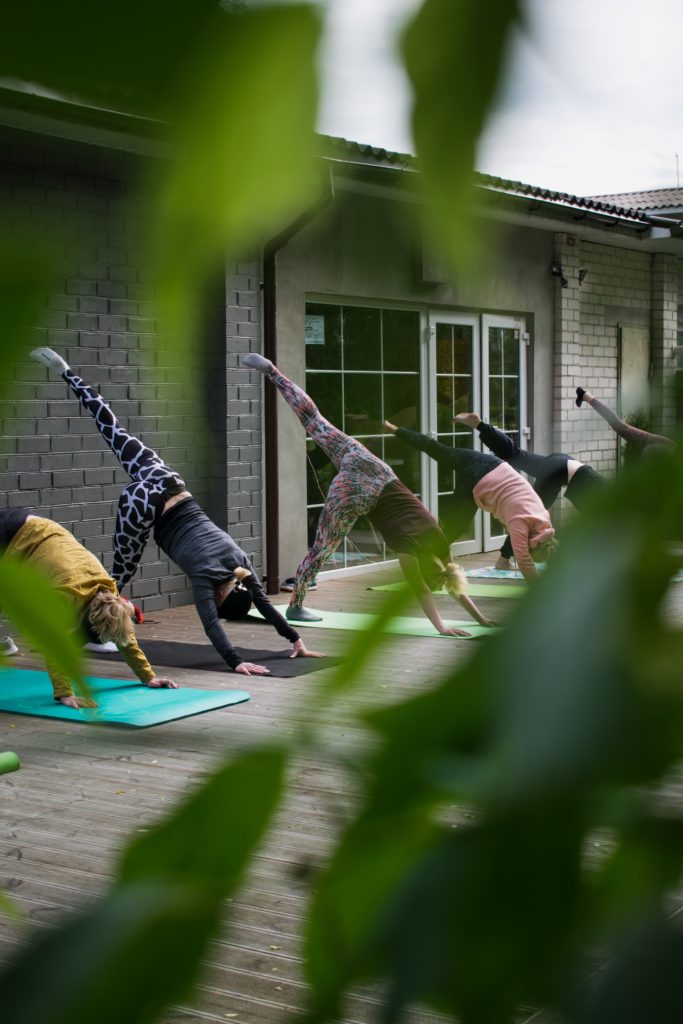
Some teaching schools will let you teach community classes right after you graduate, and some require that you complete the 500hr training.
You can also gather friends at the park for a casual yoga class, teach your family members, or get together with your TT classmates and teach each other.
The key is to start teaching and start applying what you’ve learned. The teacher training itself is a great foundation, but the actual, real-life teaching is what teaches you the most.
5. Join a Mentorship Program
If you have the budget to join a mentorship program, do it. Seriously! Before jumping into a 300-hour training, I highly recommend teaching and learning under the guidance of a mentor. When I wrote about the things I learned on my first year as a teacher, I shared about my experience being a new teacher without a mentor. I had the privilege of teaching classes right after 200-hour teacher training but it would have been nice to have someone to ask questions and hold my hand along the way.
Some teacher training schools have mentorship programs that you can join. But if you have a teacher that you look up to, a teacher that inspires you, reach out to that teacher and ask if they can be your mentor. Sometimes they’ll have a mentorship program in place but if not, ask if they can be your mentor for a monthly or flat fee.
6. Start a Home Practice
Your home practice is like your creative lab. This is your time to learn and grow. It’s where you get to learn about your personal practice and teaching.
If you’re not comfortable practicing on your own, try creating and writing down a yoga sequence for you to practice on your own. This is a good chance for you to practice your sequencing skills and you’ll get to try it in your own body before teaching it to others. You can also just practice random poses. When you practice the poses, notice how they feel in your body, notice what muscles are activating and which are stretching. Practice transitions and notice how they feel and if the transitions make sense. Keep a journal to document your learning.
7. Keep Learning
This is a must! We must keep learning no matter what we’re doing, not just in yoga teaching. It’s how we grow and evolve. There are so many ways to keep learning as a teacher.
You can:
- Start or deepen your home practice
- Keep going to classes with teachers you want to learn from
- Read books, listen to podcasts.
- Sign up for workshops on topics you’re interested in (sutras, meditation, alignment, etc).
- Similarly, sign up for immersions on topics you want to expand more on. Immersions are like mini teacher trainings. There are full day, multi-day immersions, and weekend immersions. You can also join online immersion and challenges like this one.
- Join mini-courses online, or full paid courses. For example, this FREE Sequencing Course for new yoga teachers teaches you how to create powerful sequences when you’re starting out.
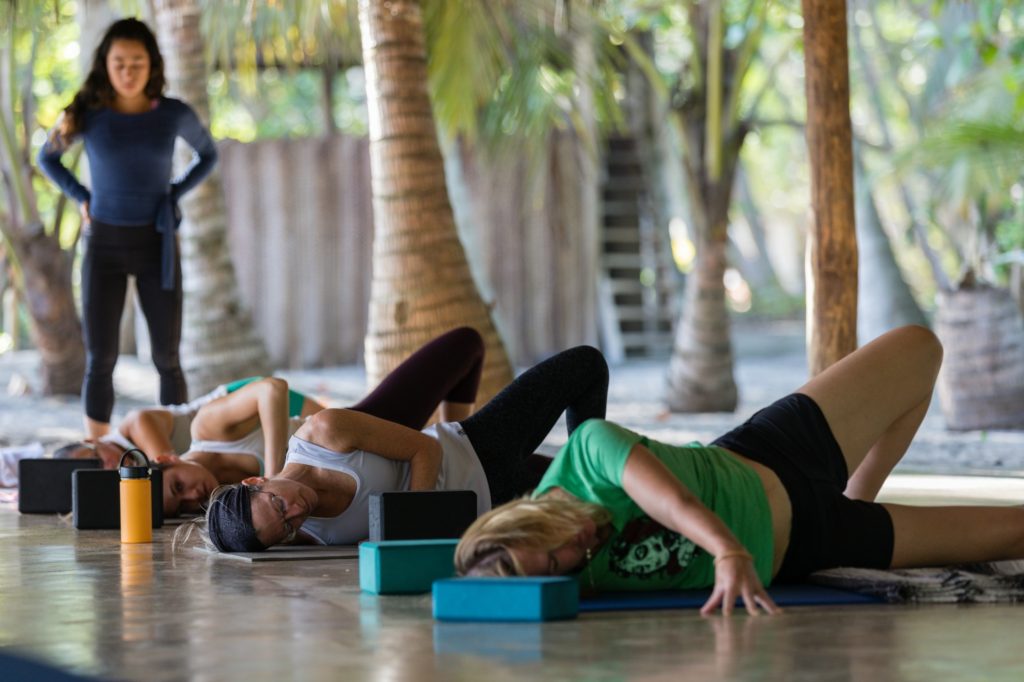
- Join a yoga retreat. Some yoga retreats offer a particular topic (chakras, meditation, kundalini, healing, etc.). Be sure to know the topic before signing up. My yoga retreats, for example, are specifically designed for people looking to deepen their practice, no matter what level they are in. We offer mini-lectures, posture labs, workshops, and so much more. You can check my upcoming retreats right HERE.
In summary, being a yoga teacher is a journey. Enjoy the process, keep practicing, keep learning, enjoy the failures as well as your wins, be of service, and most importantly, be compassionate with yourself and others.
FREE Yoga Sequencing Course!
Learn how to build a powerful yoga sequence your students will LOVE and keep coming back for.
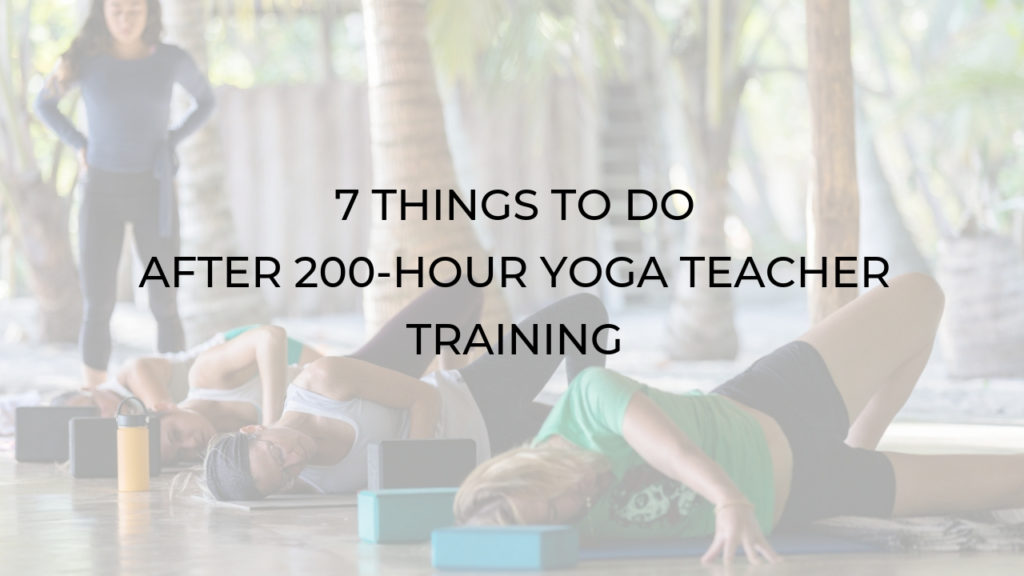
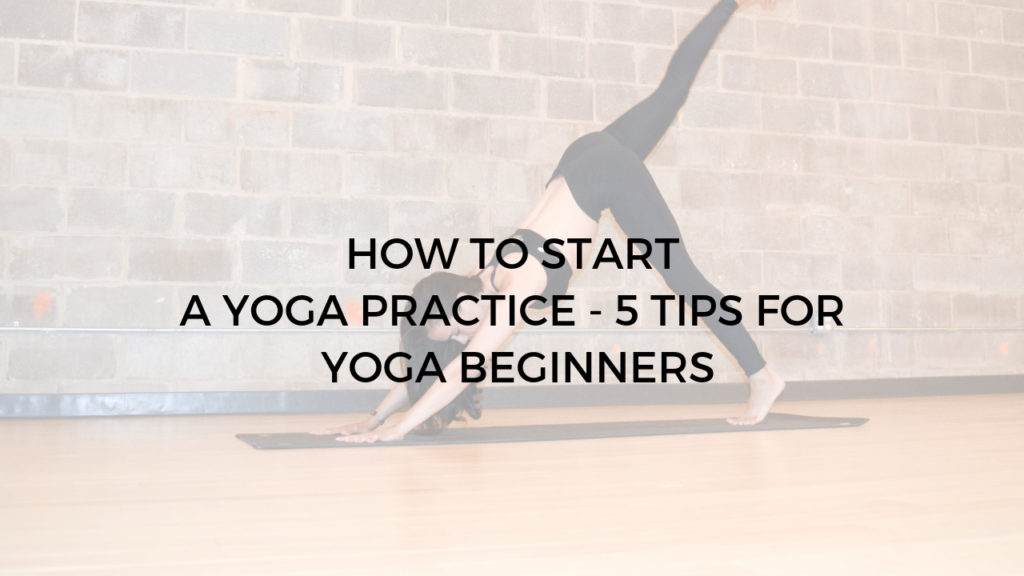
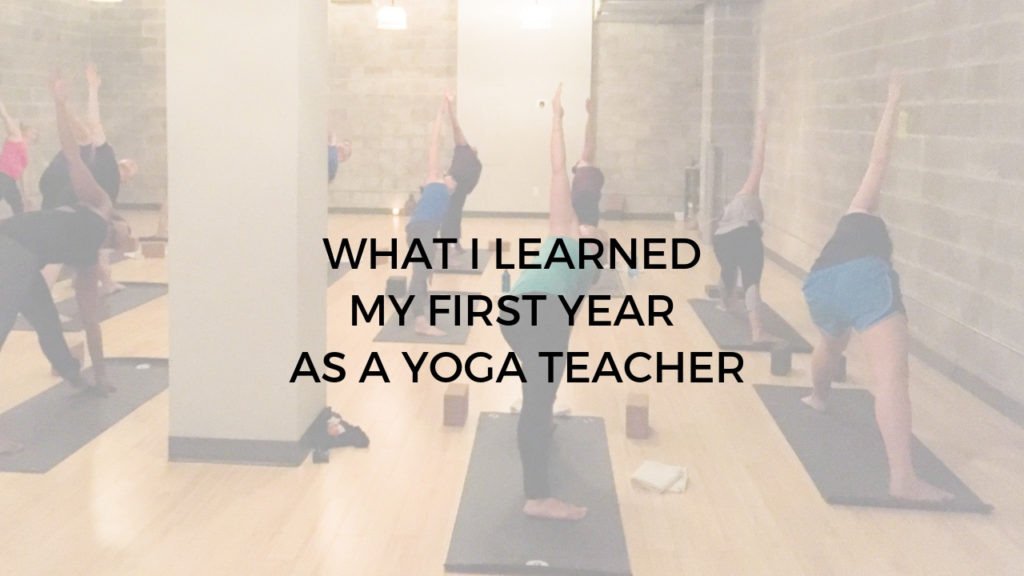
Pingback: What I learned my first year as a yoga teacher - Argentina Rosado Yoga